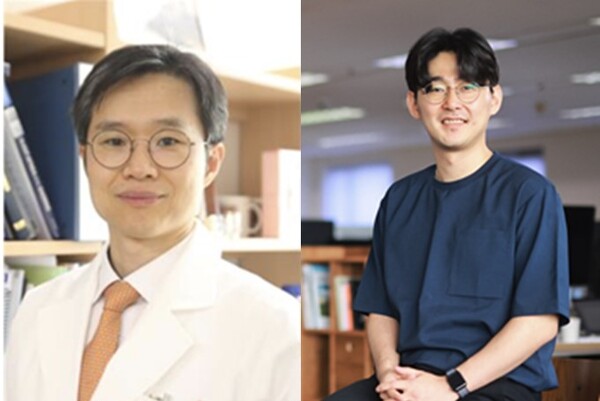A team of researchers at Seoul National University Bundang Hospital (SNUBH) has developed a technology that can detect sleep apnea in real time with a smartphone, even in noisy home environments.

Sleep apnea refers to a condition where a person's breathing is continuously interrupted during sleep, affecting the normal sleep cycle between REM sleep and the various stages of non-REM sleep. Consequently, this results in a significant reduction in sleep quality for patients.
Sleep apnea patients also suffer from a decreased quality of life due to headaches and difficulty concentrating, regardless of their sleep duration.
Moreover, the risk of cardiovascular disease and cognitive impairment increases significantly if sleep apnea is left untreated for a long period.
According to the National Health Insurance Service (NHIS), a total of 2.85 million Korean patients were treated for sleep apnea between 2015 and the first half of 2020.
It is estimated that the actual number of patients is much higher, given that the diagnosis rate is low due to low self-awareness and poorly understood risks, the researchers said.
The research team led by Professor Kim Jeong-whun of SNUBH’s Otolaryngology Department has developed a smartphone-based diagnostic technology that can complement and replace polysomnography which does not require large hospital equipment.
Currently, existing FDA-approved sleep apnea diagnostic devices can only diagnose sleep apnea after a full night's sleep. However, the new technology can identify sleep apnea as it occurs. As a result, this technology can be used as a source technology to develop bedding that reduces sleep apnea by correcting sleep posture in real time.
For accurate real-time diagnosis, the research team utilized an artificial intelligence (AI) model that was trained on noise data from more than 20,000 household appliances such as air conditioners and vehicular noise, in addition to 1,000 breathing data sets obtained from polysomnography.
Subsequently, the researchers were able to demonstrate an accuracy rate of 86 percent, even in sleeping environments with various household noises.
"The 22,500 home environment noises utilized in this study are almost all the noises that can occur at home," said Professor Kim Jeong-whun said. "Unlike hospital environments, it is possible to detect sleep apnea in real-time in homes with various noises, making it an important source technology for the future of sleep tech."
The research team said the technology is available in a free application called Sleep Routine which can help people self-diagnose sleep apnea and make lifestyle changes.
The results of the study were published in the Journal of Medical Internet Research.
Related articles
- SNUBH develops technology to measure urination volume using sound
- SNUBH leaps forward as infectious disease specialized hospital on 20th anniversary
- SNUBH develops AI-powered X-ray analysis that can diagnose sleep apnea
- SNUBH performs successful BABA robotic thyroid surgery on 5-year-old patient
- VR fetal visualization boosts maternal-fetal bonding: SNUBH study
- World Bank urges Caribbean countries to benchmark SNUBH’s advanced healthcare system
- Are Korean hospitals still leading medical digitalization?
- SNUBH, UEMC use AI to improve accuracy, reduce cost of stent procedures
- SNUBH confirms world's 1st genotype-specific prognosis of female patients with Alport syndrome
- Seoul National University Bundang Hospital revolutionizing patient care with 5G technology
- 'Digital devices help boost immunity after influenza vaccination'

